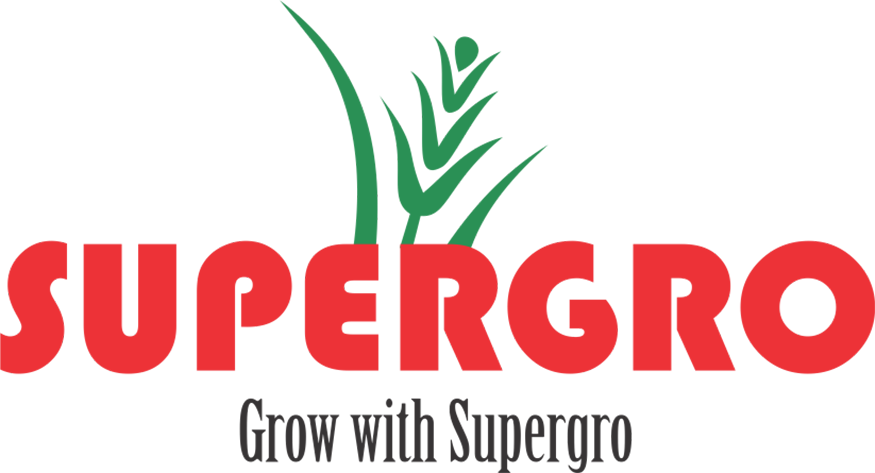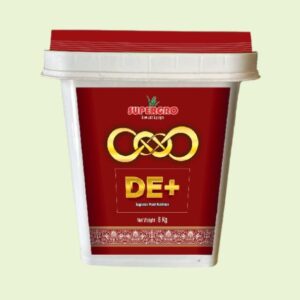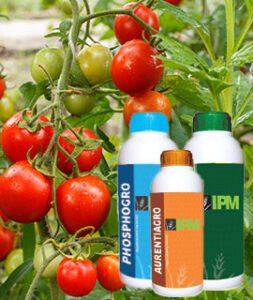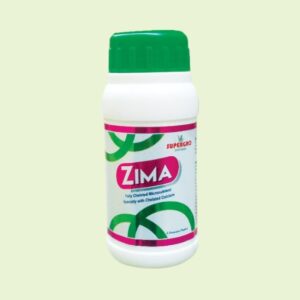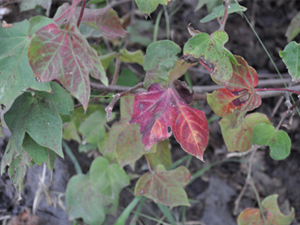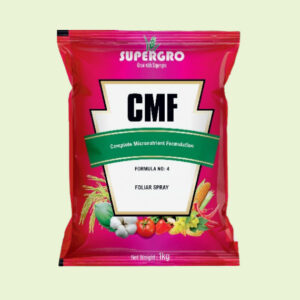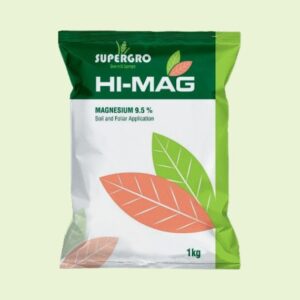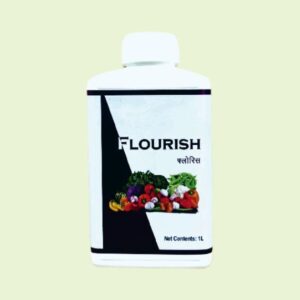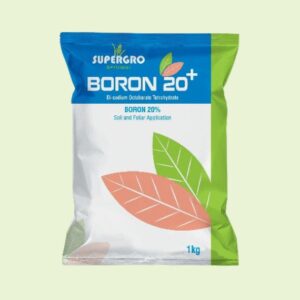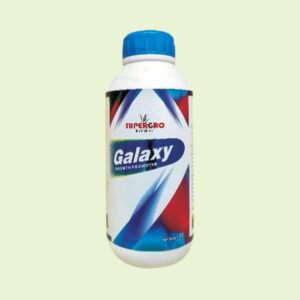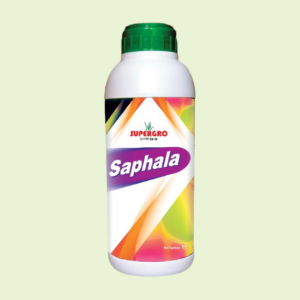Nutrient Management in Cotton Crop
Cotton is one of the global cash crops, supporting millions of farmers, industries, and economies through textiles, exports, and by-products like cottonseed oil and feed. Because of its economic importance and market value, farmers cultivate the crop with utmost care to achieve higher returns and quality lint. To meet these needs, the following nutrient management practices will enhance cotton yield and quality while maintaining plant and soil health.
Nutrient Application at Different Stages
- At the Time of Tillage:
Cotton crops require 20-50 Kg N, 15-40 Kg P, and 15-25 Kg K for optimal germination and root development. Zinc and magnesium are also essential for better crop establishment. Based on soil nutrient status, use the following fertilizers:
- Option 1: 50 or 100 Kg DAP, 25 Kg Urea, and 50 Kg MOP
- Option 2: 50 Kg Urea, 100 Kg SSP, and 50 Kg MOP + 8 Kg DE+
This application promotes uniform germination and healthy seedling growth.
- 15-30 Days After Sowing:
Bioinoculants, minerals, and biostimulants enhance root growth, nutrient absorption, and plant vigour, improving stress tolerance and soil health.
- Soil Application: AZOTOGRO (1L), PHOSPHOGRO (1L), AURENTIAGRO (1L), POSHAK SPECIAL (1L), KAM POSHAK (500g), and ZINC SUPREME (8 Kg/acre) applied near the root zone.
- Foliar Application: ZIMA (1.5mL/L) to boost early-stage plant growth.
- 30-50 Days After Sowing:
Magnesium and boron are required for vegetative growth and boll formation. Magnesium deficiency can cause interveinal chlorosis, reddish discoloration, and necrosis.
- Drip Application: 1 Kg CMF per acre
- Foliar Application: 5 g/L CMF or Boron 20+
- Soil Application: 25 Kg Hi-MAG in two doses near the root zone.
- 50-70 Days After Sowing:
During flower initiation and reproductive growth, plants require more N, P, K, and Boron.
Biostimulants like amino acids, seaweed extract, and humic acid aid in boll formation and flower retention.- Soil Application: 50 or 100 Kg 10:26:26 applied near the root zone without touching the plant.
- Foliar Application: FLOURISH (1mL/L) or BORON 20+ (2.5 g/L) and HIPPO (5Kg/acre).
- 70-90 Days After Sowing:
At this stage, boll formation and maximum flowering occur. Crops require high amounts of magnesium, iron, zinc, manganese, and boron for optimal growth.
- Soil Application: 25 Kg Hi-MAG per acre in two doses.
- Foliar Application: GALAXY (2.5mL/L) or SAPHALA (2.5mL/L) to enhance boll formation and nutrient uptake.
- 90-120 Days After Sowing:
Boll maturation requires high potassium levels for efficient photosynthate translocation, ensuring high-quality lint formation.
- Soil Application: 50 Kg MOP per acre.
- Drip Fertigation: FULL-SIZE (1L/acre) or Foliar Application: FULL-SIZE (2.5mL/L).
- Alternative: POSHAK (5L/acre) in two split doses or Foliar Spray: ZIMA (1.5mL/L).
- 120-150 Days After Sowing:
With picking underway, potassium and micronutrients support consistent boll maturity across multiple harvests. Biostimulants regulate metabolic pathways for optimal boll formation and quality lint.
- Foliar Application: CHEVA (1g/L) + POTASSIUM NITRATE (13:0:45) (2g/L) + FLOURISH (1mL/L).
- Alternative: Full-size (2.5mL/L) for uniform boll maturity.
By implementing this Integrated Nutrient Management Plan, cotton farmers can optimize yield, enhance lint quality, and maintain long-term soil fertility.
